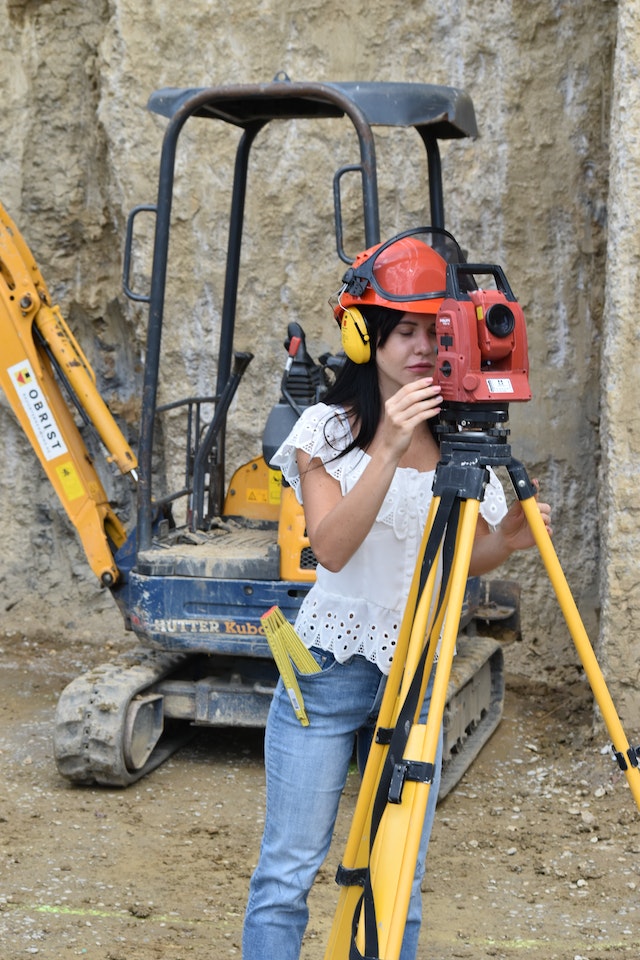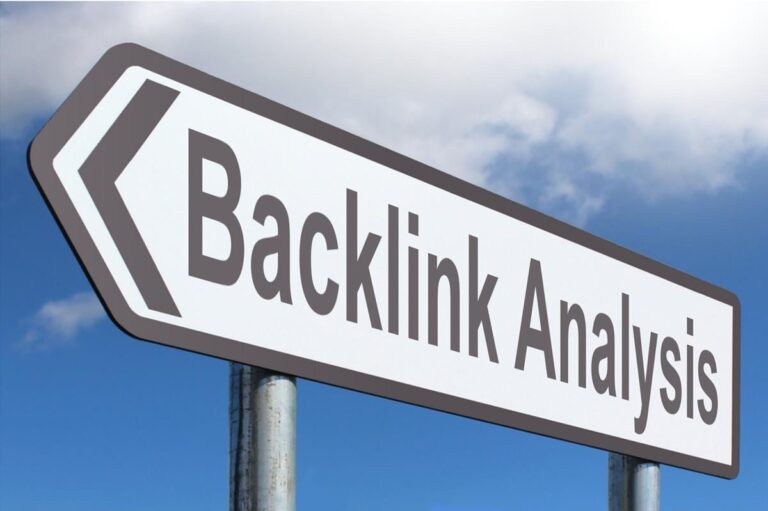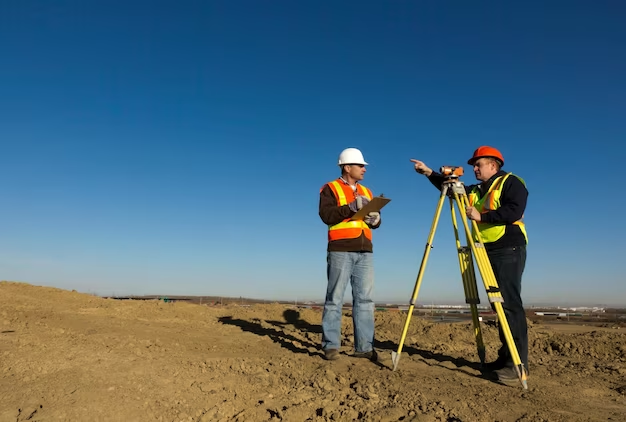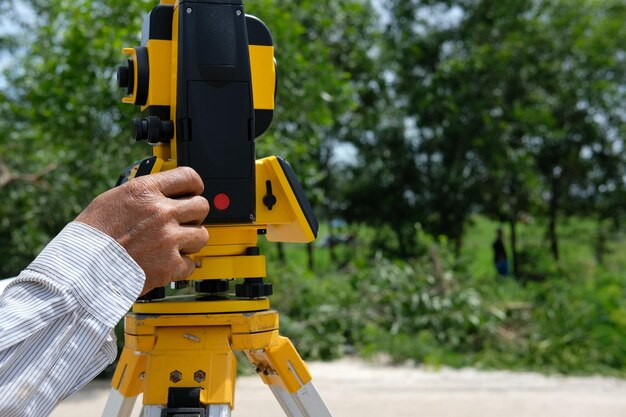You’re not alone if you’ve ever questioned where your property boundary intersects with the street. There are almost as many different definitions for property lines and setbacks as there are local authorities that determine them, due to the great diversity of ways to define them. In this regard, a land surveyor is the best person to help you out.
Various Definitions
The property line runs straight up to the curb in some places, although there is a large hindrance to potential public usage. In some cases, the property line may extend all the way to the street’s center. In such cases, the property boundary is merely a technicality for improbable outcomes like complete road removal. The public setback will stretch from the middle of the road to a preset point on your lawn if your property line extends that far.
The most usual circumstance is that the road width is set to be more than the actual curb distance.
Neither of those options is likely to be correct. Before we can answer this question, we must first determine if your street is public (meaning that the municipality/county/state owns the right of way for the road) or private (meaning that you own the right of way for the road).
Where does your property line start from the street?
If your roadway is public, your property ownership will be determined by the breadth of the right of way. The right of way in most residential places is planned to be 50 feet wide. The paved way or width is half of 50 feet i.e. 25 feet.
That means the road authority has access to an additional 25 feet of right-of-way property that is not paved but is ready for usage. If they build the road amid the right-of-way space, they will have an extra 12.5 feet on either side. The sidewalk, curb, and possibly utility lines are usually found inside the 12.5-foot area.
So, if you need to know the front property line, go to the middle of the street and measure 25 feet toward your house; that will be your front property line.
Where does my property line start from the street?
For a private road, there’s a strong possibility you own some of the land where the road is located. The breadth of a private right of way varies substantially. They might be as small as ten feet broad and as large as 100 feet wide.
You can find out the private area width by obtaining a copy of the subdivision plat. Within the road area, it should be clearly designated.
You can also employ a land surveyor to help you find your property so you know where your ownership begins and ends. See us at Redhawk Surveying in OKC for surveying your property.
Deciphering Property Boundaries: The Role of Sidewalks and Curbs
Ever pondered the invisible line dividing your private property from the public domain? It’s not always straightforward to identify where your property ceases and the communal area, like sidewalks, begins. Distinguishing between the two – the public-use sidewalk versus your own property – is crucial for both homeowners and business operators. This article delves into the nuances of sidewalks and curbs, shedding light on how they influence the extent of your property.
Defining a Sidewalk:
Sidewalks are pathways, typically constructed from concrete, flanking streets. Local authorities are usually responsible for installing sidewalks, providing pedestrians a secure walking area away from the roadway. Common in both residential neighborhoods and business districts, sidewalks are generally around four feet in breadth and are considered public territory, accessible to all. Nevertheless, the responsibility of maintaining these sidewalks in a clean, obstacle-free condition falls on the shoulders of the adjacent property owner.
Understanding a Curb:
Curbs, often crafted from concrete or stone, are elevated borders that delineate the street from the sidewalk. They are prevalent in various urban settings, serving multiple purposes: they guide traffic flow, prevent vehicles from encroaching onto the sidewalk, and aid in directing rainwater towards storm drains, thereby mitigating flood risks.
Ownership of Sidewalks and Curbs:
Both sidewalks and curbs fall under public ownership, managed by local municipalities. Yet, upkeep of the area, including the sidewalk, the landscaped space between the sidewalk and road, and the stretch from the property line to the curb, is the responsibility of the property owner located adjacent to these spaces.
Locating the Property Line:
Typically, the property line is situated just behind the curb, positioning the sidewalk and the intervening space as part of the public realm. However, this can vary. For instance, sidewalks built on private land belong to the property owner. Understanding these variations is crucial for property delineation.
Resolving Property Line Uncertainties:
In cases of uncertainty regarding the property line, seeking guidance from a surveyor or real estate lawyer is advisable. They can clarify the boundary’s location and outline your rights and duties as a property owner. Knowledge of where your property ends and public space begins is vital to circumvent potential legal complications.
Conclusion
Grasping the demarcation between your property and public areas is essential for property owners of all kinds. While sidewalks and curbs are public assets, adjacent property owners bear the responsibility for their maintenance. If you’re uncertain about your property’s boundaries, professional advice is key. With a clear understanding of sidewalk and curb regulations, you can both avoid legal troubles and maintain your property effectively.









+ There are no comments
Add yours